Which of the following alcohol shows fastest reaction with HI ?
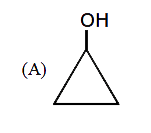
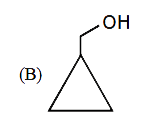

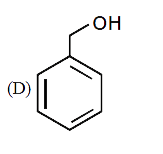
The correct Answer is:B
To determine which alcohol shows the fastest reaction with HI, we need to analyze the stability of the carbocations formed during the reaction. The more stable the carbocation, the faster the reaction will occur.
1. Understanding the Reaction:
When an alcohol (ROH) reacts with HI, the first step involves protonation of the alcohol, forming a positively charged intermediate (carbocation). The stability of this carbocation is crucial in determining the reaction rate.
2. Identify the Types of Alcohol:
We need to consider the different types of alcohols provided in the options. Common types include:
- Primary alcohols
- Secondary alcohols
- Tertiary alcohols
- Benzylic and allylic alcohols
3. Formation of Carbocations:
- Primary Alcohols: Form primary carbocations, which are less stable.
- Secondary Alcohols: Form secondary carbocations, which are more stable than primary.
- Tertiary Alcohols: Form tertiary carbocations, which are the most stable.
- Benzylic and Allylic Alcohols: These can form carbocations that are stabilized by resonance.
4. Analyzing the Options:
- Option A: A cyclic alcohol with a 3-membered ring (likely a primary alcohol). This will form a less stable carbocation.
- Option B: A cyclic alcohol with a methyl group, which can undergo resonance stabilization (dancing resonance) when forming a carbocation. This is expected to be very stable.
- Option C: An allylic alcohol. The carbocation formed here can also be stabilized by resonance but is less stable than the one in option B.
- Option D: A benzylic alcohol. This carbocation is also stable due to resonance but is less stable than the carbocation formed in option B.
5. Comparing Stability:
- The stability order of carbocations is:
- Tertiary > Benzylic > Allylic > Secondary > Primary
- Since option B has a carbocation that benefits from "dancing resonance," it is likely the most stable.
6. Conclusion:
Based on the stability of the carbocations formed, option B (the cyclic alcohol with a methyl group) will react the fastest with HI due to the stability provided by the resonance.
Final Answer:
Option B shows the fastest reaction with HI.
When an alcohol (ROH) reacts with HI, the first step involves protonation of the alcohol, forming a positively charged intermediate (carbocation). The stability of this carbocation is crucial in determining the reaction rate.
We need to consider the different types of alcohols provided in the options. Common types include:
- Primary alcohols
- Secondary alcohols
- Tertiary alcohols
- Benzylic and allylic alcohols
- Primary Alcohols: Form primary carbocations, which are less stable.
- Secondary Alcohols: Form secondary carbocations, which are more stable than primary.
- Tertiary Alcohols: Form tertiary carbocations, which are the most stable.
- Benzylic and Allylic Alcohols: These can form carbocations that are stabilized by resonance.
- Option A: A cyclic alcohol with a 3-membered ring (likely a primary alcohol). This will form a less stable carbocation.
- Option B: A cyclic alcohol with a methyl group, which can undergo resonance stabilization (dancing resonance) when forming a carbocation. This is expected to be very stable.
- Option C: An allylic alcohol. The carbocation formed here can also be stabilized by resonance but is less stable than the one in option B.
- Option D: A benzylic alcohol. This carbocation is also stable due to resonance but is less stable than the carbocation formed in option B.
- The stability order of carbocations is:
- Tertiary > Benzylic > Allylic > Secondary > Primary
- Since option B has a carbocation that benefits from "dancing resonance," it is likely the most stable.
Based on the stability of the carbocations formed, option B (the cyclic alcohol with a methyl group) will react the fastest with HI due to the stability provided by the resonance.
Option B shows the fastest reaction with HI.
Topper's Solved these Questions
- ALCOHOLS & ETHERSBOOK - MOTIONCHAPTER - ALCOHOLS & ETHERSEXERCISE - EXERCISE -2 (LEVEL -I) OBJECTIVE PROBLEMS JEE MAIN
38 Videos
- ALCOHOLS & ETHERSBOOK - MOTIONCHAPTER - ALCOHOLS & ETHERSEXERCISE - EXERCISE -2 (LEVEL -II) MULTIPLE CORRECT JEE ADVANCED
21 Videos
- ALCOHOLS & ETHERSBOOK - MOTIONCHAPTER - ALCOHOLS & ETHERSEXERCISE - EXERCISE -4 (LEVEL -II) PREVIOUS YEAR JEE ADVANCED
9 Videos
- ALKYI HALIDEBOOK - MOTIONCHAPTER - ALKYI HALIDEEXERCISE - Exercise - 4 | Level-II
8 Videos
Similar Questions
Knowledge Check
Which one of the following represents fastest reaction ?
Ak=5.5×10−5sec−1Bk=3.3×10−3sec−1Ck=6.6×10−5sec−1Dk=4.4×10−5sec−1Which of the following reacts fastest with HBr?
A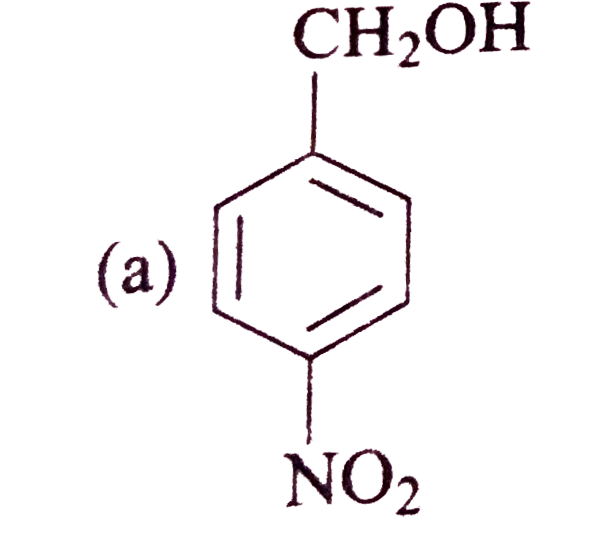 B
B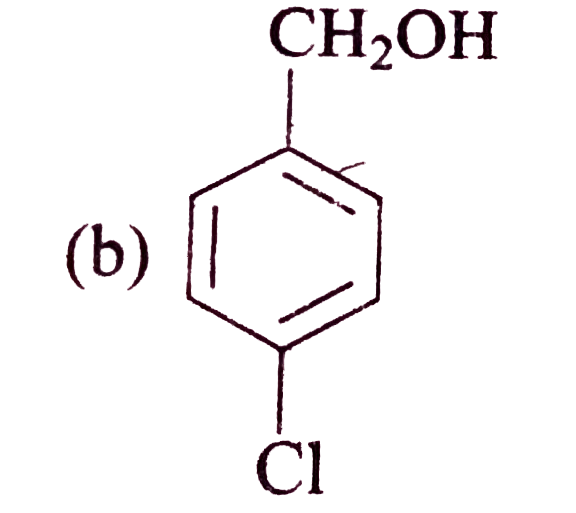 C
C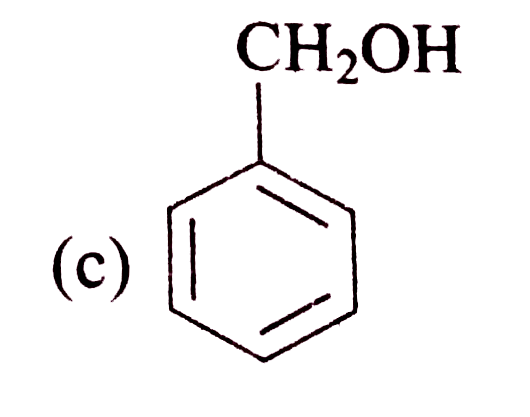 D
D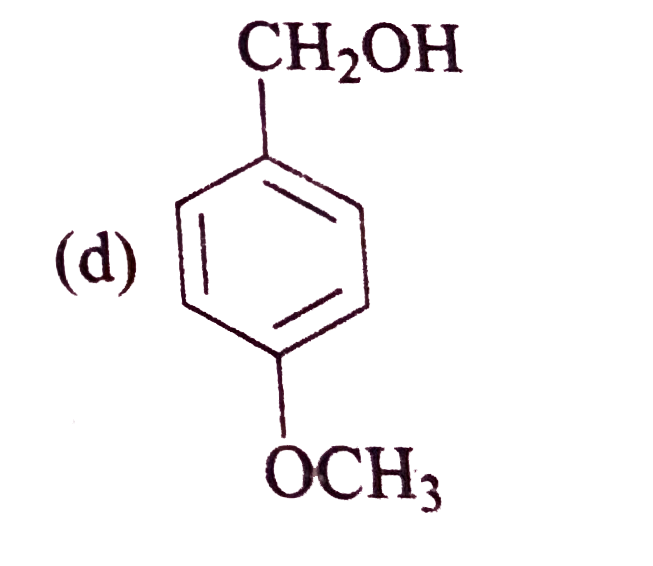
Which of the following reacts fastest with HBr?
A B
B C
C D
D
Which of the following is the fastest reaction
View SolutionWhich of the following alcohols gives iodoform reactions ?
View SolutionWhich of the following compounds give alcohol on reaction with RMgX?
View SolutionWhich of the following hydrolysed at the fastest rate ?
View SolutionWhich of the following is fastest mode of transactions ?
View Solution
